.png)
Deciding on stem cell therapy for a chronic condition or injury is a monumental step. For many international patients, the choice often narrows down to India and the USA, each offering distinct advantages in terms of cost, regulatory landscape, and treatment accessibility. This comprehensive guide provides critical insights into stem cell therapy in India vs USA, helping you make an informed decision for your health journey.
Choosing Your Regenerative Path: India or USA for Stem Cell Treatment?
Stem cell therapy holds immense promise for various medical conditions, from neurological disorders and orthopedic injuries to autoimmune diseases. As patients explore global options, India and the USA emerge as prominent destinations, each with unique characteristics influencing treatment decisions. Stem cell treatment in India is often sought for its cost-effectiveness and broader range of available therapies, while the USA's stem cell therapy landscape is defined by stringent FDA regulations, cutting-edge research, and a focus on approved clinical trials.
Understanding the nuances between these two nations – from regulatory environments and ethical considerations to pricing structures and patient experiences – is vital. This comparison will delve into the specifics, offering clarity on what to expect when pursuing regenerative medicine in India versus seeking advanced stem cell treatments in USA.
Stem Cell Therapy Comparison: India vs. USA Key Features
Core Strengths: Stem Cell Therapies in India and USA
India's Key Capabilities in Regenerative Medicine
India has rapidly emerged as a prominent destination for stem cell treatment abroad, particularly for patients seeking more affordable alternatives and access to a wider spectrum of therapies. The country's strengths include a robust medical tourism infrastructure, a large pool of English-speaking, highly qualified medical professionals, and advanced medical facilities. Clinics in India often offer various stem cell therapy for [condition] in India options, including treatments for neurological disorders, orthopedic issues, and autoimmune diseases, often using autologous (patient's own) stem cells derived from bone marrow or adipose tissue. The focus is on making cutting-edge treatments accessible to a global patient base, including those from the USA seeking options not readily available or affordable domestically.
The cost of stem cell therapy in India is a primary driver, allowing patients to pursue multiple cycles if needed, which might be financially prohibitive elsewhere. Furthermore, many Indian clinics provide comprehensive packages that include accommodation, airport transfers, and interpreter services, making the patient journey smoother.
USA's Leading Edge in Stem Cell Research and Approved Therapies
The USA stands at the forefront of stem cell research and development, with significant investments in understanding the potential of regenerative medicine. The primary strength of USA stem cell therapy lies in its rigorous regulatory oversight by the FDA, ensuring that approved treatments meet the highest standards of safety and efficacy. This means that any FDA approved stem cell therapy in USA has undergone extensive clinical trials and scientific scrutiny, providing patients with a high level of confidence in their treatment's validity. Hospitals and research institutions in the USA are global leaders in innovation, pushing the boundaries of what stem cell therapies can achieve.
While the stem cell therapy USA price is considerably higher, it reflects the advanced technology, extensive clinical trials, and stringent quality controls. For patients seeking treatments within established, government-regulated frameworks and those eligible for participation in cutting-edge clinical trials, the USA offers unparalleled access to validated, often groundbreaking, research-backed treatments. The focus here is on scientific validation and strict adherence to ethical guidelines.
Pros and Cons of Stem Cell Therapy in India
Pros of Stem Cell Treatment in India
- Significantly Lower Costs: Patients can achieve substantial savings, often 50-80% compared to USA prices for similar treatments. This includes the procedure itself, medications, and associated travel expenses, making stem cell treatment cost in India highly attractive.
- Broader Treatment Accessibility: A wider range of conditions are treated with stem cells in India, including those considered experimental or not yet approved in the USA, offering options for patients with limited choices elsewhere. This includes stem cell therapy for autism in India or stem cell therapy for knee pain in India.
- Experienced Medical Professionals: Many Indian doctors possess extensive experience in stem cell applications, often with international training and exposure to diverse patient cases.
- Advanced Facilities: Leading hospitals and clinics are equipped with state-of-the-art technology and adhere to international quality standards, often holding JCI accreditation.
- Medical Tourism Infrastructure: India has a well-developed ecosystem for international patients, offering comprehensive support services like visa assistance, accommodation, and language interpretation.
Cons of Stem Cell Treatment in India
- Variable Regulatory Oversight: While India has guidelines, the enforcement and specifics can vary, leading to inconsistencies in treatment protocols and quality across different clinics. Not all treatments are regulated as strictly as in the USA.
- Lack of FDA Approval: Treatments in India are not FDA-approved, meaning they haven't undergone the same rigorous testing for safety and efficacy required in the USA. This is a critical consideration for is stem cell therapy legal in India from a global perspective.
- Ethical Concerns: Some clinics might push experimental therapies without sufficient scientific backing, raising ethical questions and potentially offering false hope. Patients must be vigilant.
- Quality Control Variability: The quality of laboratories and cell processing can differ significantly, impacting the safety and effectiveness of the therapy. Thorough due diligence is crucial.
- Long-Term Data Limitations: Comprehensive, long-term clinical trial data for many of the widely offered treatments might be less extensive than for approved therapies in more regulated markets.
Pros and Cons of Stem Cell Therapy in USA
Pros of Stem Cell Treatment in USA
- Strict FDA Regulation: All stem cell therapy in USA must meet stringent FDA requirements, ensuring therapies are rigorously tested for safety and efficacy through extensive clinical trials.
- Highest Quality and Safety Standards: Clinics and hospitals adhere to the highest international standards of patient care, hygiene, and ethical conduct. There's strong patient protection through regulatory bodies.
- Leading Research and Innovation: The USA is a global leader in basic and translational stem cell research, offering access to cutting-edge advancements and often the very latest investigational therapies through clinical trials.
- Highly Qualified Specialists: Physicians and researchers are often world-renowned experts, many with significant academic and research backgrounds, providing state-of-the-art care.
- Transparency and Data: For FDA-approved treatments and clinical trials, there is high transparency in data, outcomes, and safety profiles, ensuring informed decision-making.
Cons of Stem Cell Treatment in USA
- Exorbitant Costs: The stem cell therapy USA price is among the highest globally, making many treatments financially out of reach for average patients, especially for conditions not covered by insurance.
- Limited Approved Therapies: Due to stringent FDA approval processes, the number of currently approved stem cell therapies for widespread clinical use is very limited, primarily confined to hematopoietic stem cell transplants.
- Access to Clinical Trials: While research is advanced, access to specific clinical trials can be restrictive, with strict eligibility criteria and often long waiting lists.
- Insurance Coverage Challenges: Most experimental or non-FDA-approved stem cell therapies are not covered by health insurance, leaving patients with significant out-of-pocket expenses.
- Complex Navigation: For patients seeking non-approved therapies, distinguishing legitimate research from unproven, illegal clinics can be challenging despite FDA efforts.
Navigating the Regulatory Landscape: India's & USA's Approach to Stem Cell Therapies
The regulatory environment is perhaps the most significant differentiator when considering stem cell therapy India vs USA. In the USA, the Food and Drug Administration (FDA) treats stem cell products as biological products, requiring them to undergo the same rigorous approval process as new drugs. This means extensive preclinical testing and multi-phase clinical trials to prove both safety and efficacy before a product can be marketed. Currently, the FDA has only approved a limited number of stem cell-based products, primarily hematopoietic (blood-forming) stem cell transplants for certain blood cancers and immune disorders.
This strict stance ensures a high level of patient protection but also means that many therapies available in other countries are considered investigational or unapproved in the USA. Patients in the USA seeking these therapies must enroll in clinical trials or travel abroad.
In India, the regulatory framework is overseen by agencies like the Indian Council of Medical Research (ICMR) and the Central Drugs Standard Control Organization (CDSCO). While guidelines exist, the enforcement and scope for certain unproven or expanded stem cell applications can be more flexible compared to the USA. This allows a broader range of stem cell treatment India options to be offered, sometimes without the extensive Phase 3 clinical trial data required by the FDA. This flexibility is a double-edged sword: it offers more treatment avenues but necessitates greater due diligence from patients to ensure the clinic adheres to high ethical and scientific standards. Understanding is stem cell therapy legal in India for your specific condition requires consulting with reputable clinics and medical tourism facilitators.
Understanding Stem Cell Therapy Costs: India vs. USA Pricing Explained
Cost is often the decisive factor for patients exploring global stem cell therapy options. The difference in stem cell treatment cost in India compared to the stem cell therapy USA price is substantial.
- India: A typical stem cell therapy cost in India can range from $5,000 to $20,000 USD per treatment cycle. This significantly lower price point is attributed to lower operational costs, less expensive research and development (for locally developed protocols), and a competitive medical tourism market. These prices often include the procedure, stem cell processing, initial consultations, and sometimes even post-treatment follow-ups or accommodation. For example, stem cell therapy for neurological disorders in India or stem cell therapy for osteoarthritis in India can offer considerable savings.
- USA: In contrast, the cost of stem cell therapy in USA can be anywhere from $10,000 to over $100,000 USD for a similar course of treatment, depending heavily on the specific condition, type of stem cells, number of injections, and the facility. This higher cost reflects the extensive research and development expenses, stringent FDA compliance, high-tech infrastructure, highly specialized medical personnel, and the general elevated cost of healthcare in the United States. Only a fraction of this might be covered by insurance, and only for FDA-approved indications.
When comparing stem cell treatment costs, patients should also factor in associated expenses like travel, accommodation, local transportation, and potential lost income during the treatment period. While the upfront cost in India is lower, it’s important to ensure the "all-inclusive" packages genuinely cover all necessary medical aspects and that there are no hidden fees. Conversely, in the USA, be prepared for high out-of-pocket costs unless you are part of an approved clinical trial that covers expenses.
Real Patient Stories from Their Regenerative Journeys
Anisha K., UK
"I traveled to India for stem cell therapy for multiple sclerosis. The cost was a fraction of what I was quoted in the UK or USA, and the clinic was incredibly supportive. While it's not a cure, I've experienced significant improvements in my mobility and fatigue. The doctors were very knowledgeable and the overall patient care was excellent."
John D., USA
"After exhausting options for my chronic knee pain, I found a legitimate FDA approved stem cell therapy in USA through a clinical trial. It was expensive, but covered partially by the trial. The transparency and rigorous scientific approach gave me peace of mind. My pain has significantly reduced, and I'm grateful for the carefully vetted treatment."
Sarah C., Australia
"My child received stem cell therapy for cerebral palsy in India. We chose India due to the variety of treatment options and the welcoming environment. The clinic staff were compassionate, and we saw subtle but consistent improvements in motor skills over several months. It was a challenging but ultimately hopeful journey."
Michael W., Canada
"For my severe autoimmune condition, I considered stem cell therapy USA price but opted for a research-focused clinic in the USA. While expensive, the scientific oversight and personalized care from world-leading experts were invaluable. I felt completely informed throughout the process, even though it was a long-term commitment."
Frequently Asked Questions About Stem Cell Therapy
Is stem cell therapy safe in India?
Many reputable clinics in India adhere to international standards, but regulatory oversight differs from the USA. Patients must conduct thorough research to ensure the clinic is accredited, uses established protocols, and has experienced specialists. While some clinics offer excellent care, the lack of a centralized, strict regulatory body for all stem cell applications means quality can vary. It's crucial to select clinics with transparency in their procedures and outcomes.
How much can I realistically save by going to India for stem cell therapy?
Patients can typically save 50-80% on the cost of stem cell treatments compared to the United States and many European countries. This includes the cost of the procedure, medications, and often travel and accommodation. For specific conditions like stem cell therapy for neurological conditions in India, these savings can be substantial.
Are stem cell treatments in India FDA approved?
The Indian regulatory landscape for stem cell therapies is different from the FDA. While India has its own regulatory bodies (like CDSCO), treatments offered in India are not subject to FDA approval unless they are specifically part of an FDA-approved clinical trial being conducted in India. Many treatments offered in India may be considered experimental or investigational by US standards, even if legally offered in India. It's important to understand this distinction.
What conditions are treated with stem cells in USA vs. India?
In the USA, FDA-approved stem cell therapies are largely limited to hematopoietic stem cell transplants for blood cancers and certain immune disorders. Clinical trials for various other conditions are ongoing. In India, a wider range of conditions are treated with stem cells, including neurological disorders (e.g., autism, cerebral palsy, Parkinson's), orthopedic conditions (e.g., osteoarthritis, sports injuries), autoimmune diseases, and chronic degenerative conditions. Many of these treatments are considered experimental in the USA but are available in India under local regulations.
How to choose a reputable stem cell clinic for treatment abroad?
When choosing a clinic, whether in India or the USA, look for: physician qualifications and experience, transparency in treatment protocols and success rates, proper accreditation (e.g., JCI, NABH in India), a clear understanding of the regulatory status of the treatment, patient testimonials, and comprehensive pre- and post-treatment care. Avoid clinics that promise 'cures' or provide overly optimistic success rates without scientific backing.
What are the legal aspects of stem cell therapy in India?
India has regulations governing stem cell research and therapy, primarily through the Indian Council of Medical Research (ICMR) and the Central Drugs Standard Control Organization (CDSCO). However, the enforcement and scope of these regulations, especially for non-homologous or expanded stem cell applications, can be complex. While certain treatments are permitted, the regulatory framework is still evolving, leading to a broader availability of therapies compared to more stringently regulated countries like the USA.
What are the legal aspects of stem cell therapy in USA?
In the USA, stem cell products are regulated by the FDA as biological products. Most stem cell therapies require FDA approval, which involves rigorous clinical trials demonstrating safety and efficacy. Currently, very few stem cell products are FDA-approved, mainly for blood-forming stem cells used in certain cancers and immune disorders. Unapproved stem cell therapies offered outside of clinical trials are largely illegal and subject to FDA enforcement actions, reflecting a highly conservative and safety-first approach.
Will my insurance cover stem cell therapy in either country?
In most cases, health insurance in both the USA and other countries does not cover experimental or investigational stem cell therapies. FDA-approved treatments in the USA might be covered, but this is rare. Patients pursuing unapproved or experimental treatments, whether in the USA or abroad, should expect to pay out-of-pocket for all expenses, including the procedure, medications, travel, and accommodation.
How long will I need to stay in the country for stem cell treatment?
The duration of stay depends on the specific treatment protocol, the condition being treated, and the type of stem cells used. For many therapies, a stay of 3-7 days might be sufficient for the procedure and initial observation. However, some conditions or multi-stage treatments may require longer stays, potentially extending to several weeks for comprehensive recovery and follow-up. Clinics typically provide detailed itineraries for stem cell treatment India or in the USA.
What are the success rates for stem cell therapy in India vs. USA?
Success rates vary significantly by condition, cell type, patient age, and clinic expertise. For FDA-approved treatments in the USA (e.g., hematopoietic stem cell transplants), success rates are well-documented and often high for specific indications. In India, reported success rates for various conditions, while often presented positively by clinics, may lack the same rigorous, independently verified clinical trial data required for FDA approval. Patients should critically evaluate claims and seek evidence-based information regarding stem cell therapy success rates in India or the USA.
Ready to Explore Your Stem Cell Therapy Options?
Choosing the right destination for stem cell therapy is a complex decision, weighing stem cell treatment cost in India against the stringent regulations and research focus of the USA stem cell therapy landscape. This guide aims to provide clarity, but your unique medical needs require personalized guidance.
At PlacidWay, we specialize in connecting patients like you with world-class, pre-vetted clinics for stem cell therapy in India, the USA, and other leading destinations globally. Our dedicated Care Team offers free, no-obligation consultations to help you compare personalized treatment packages, understand transparent pricing, and address all your specific questions. Let us simplify the complexities of medical travel, so you can focus on your health and well-being.

.png)





.jpg)


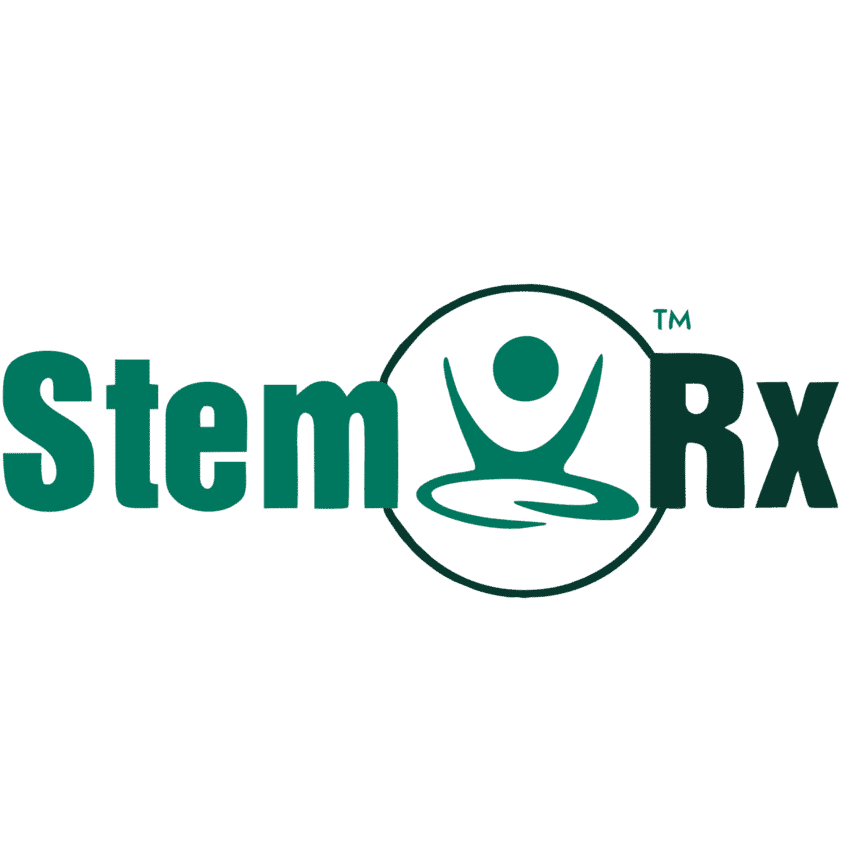
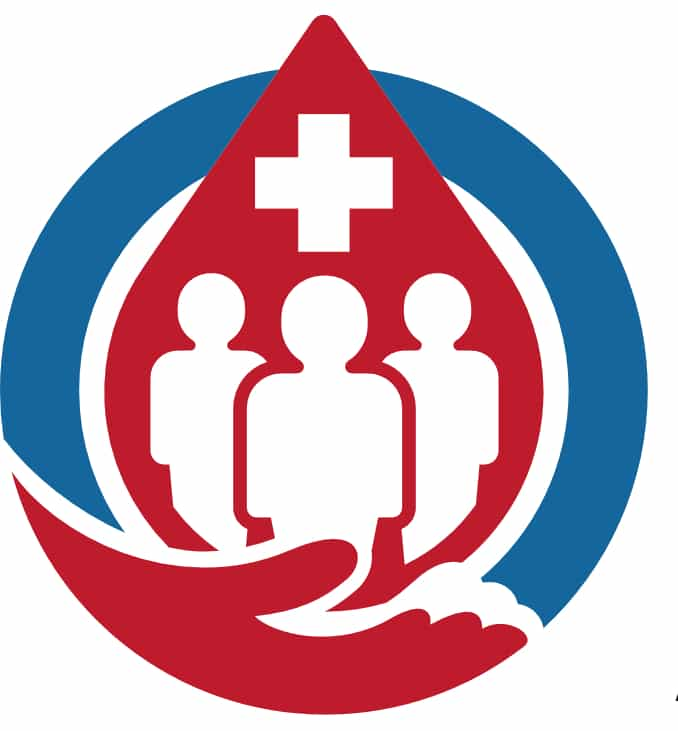
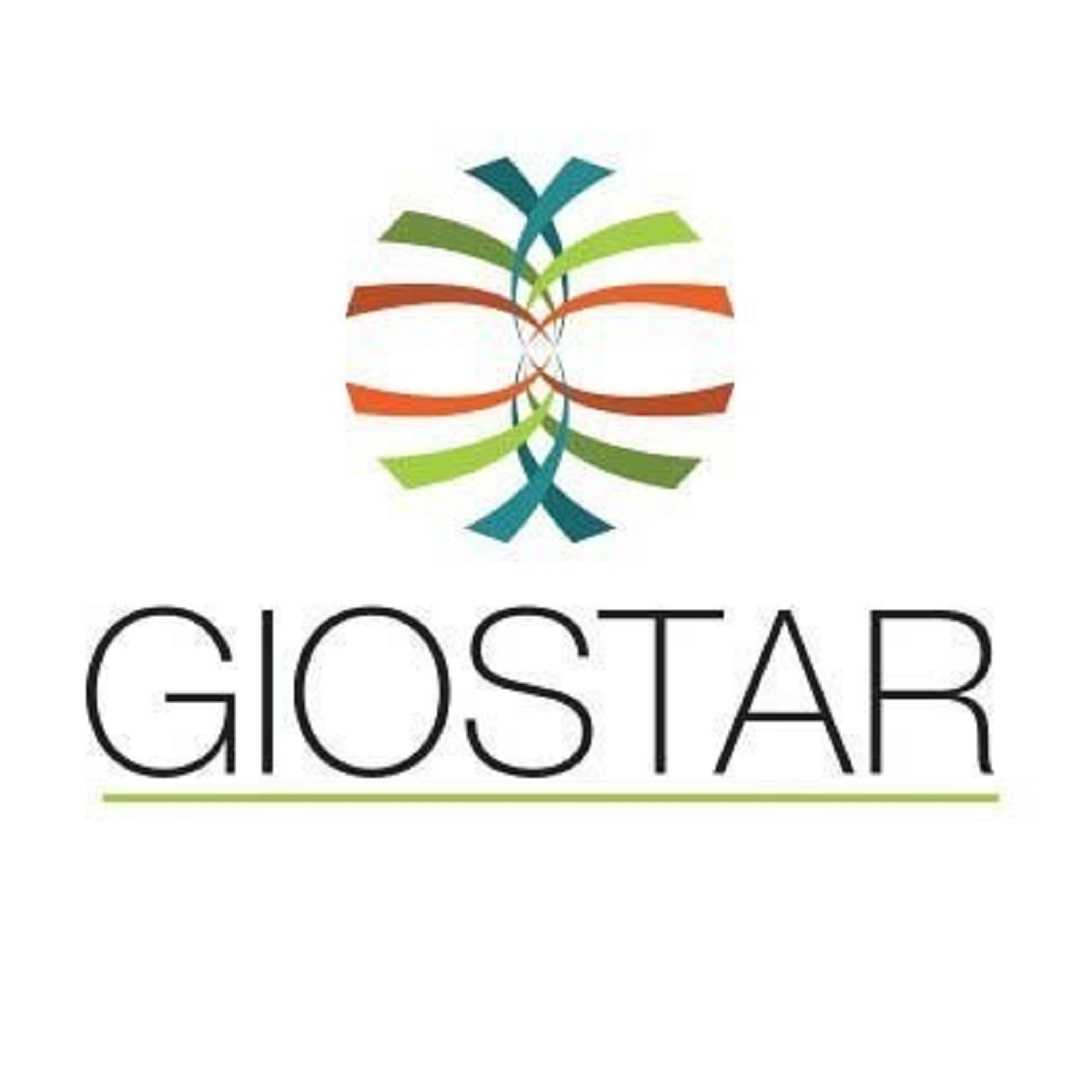
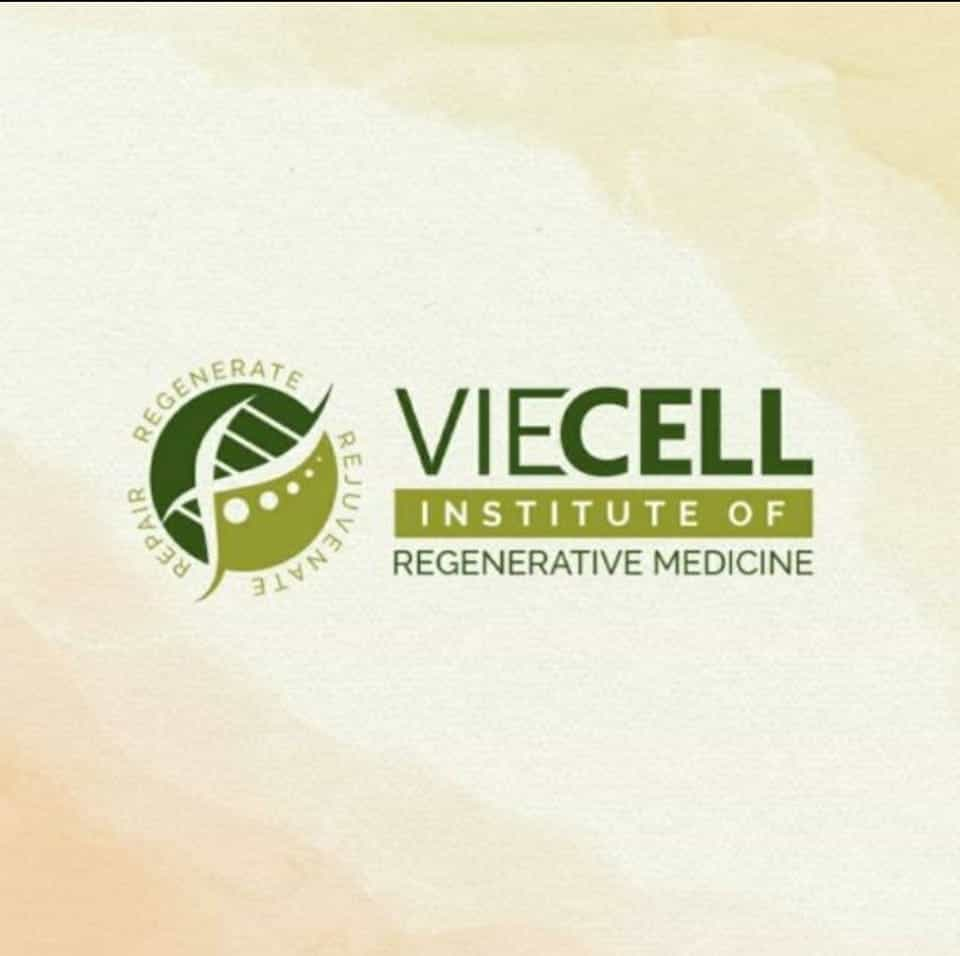
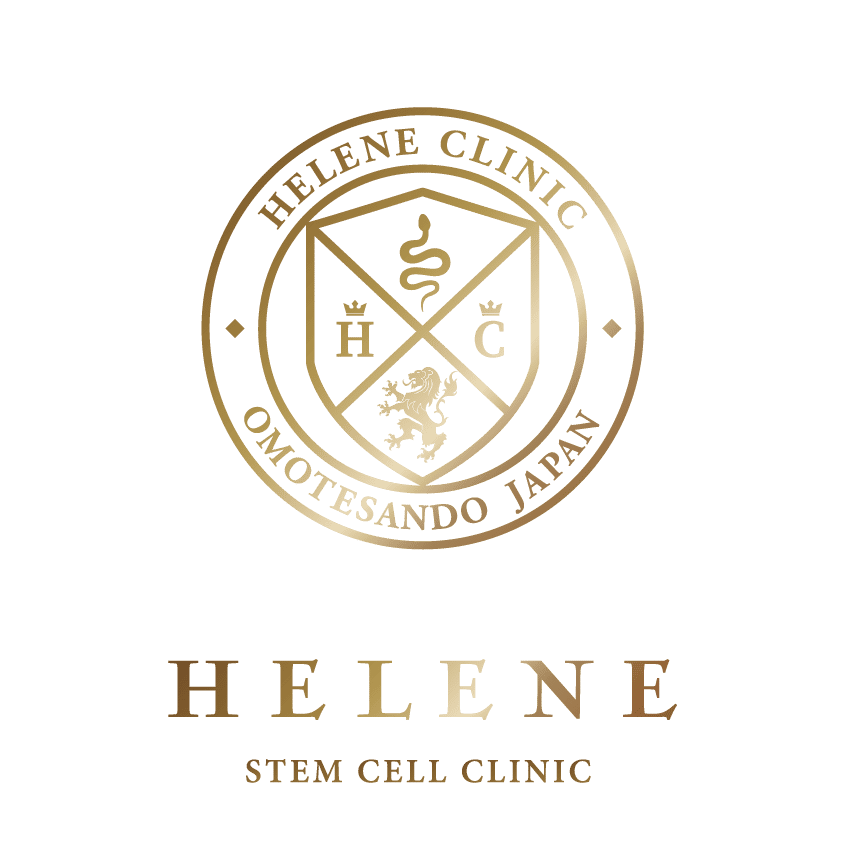

Share this listing